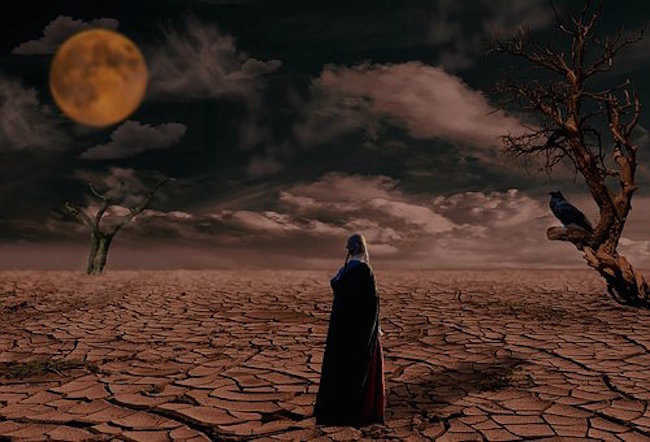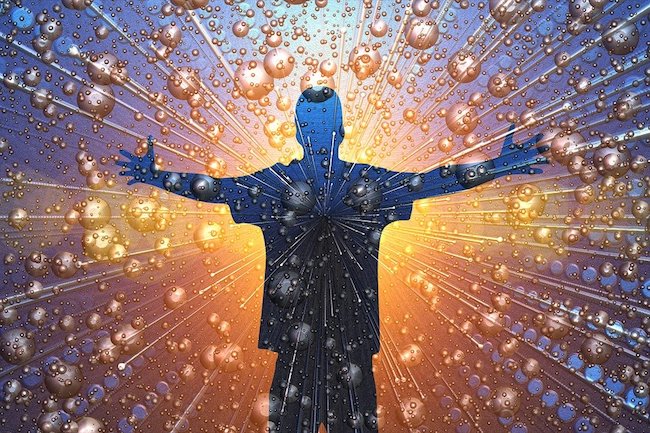Much Of The Southwest Is Turning Into ‘Death Valley’ As Dust Bowl Conditions Return And Water Resources Dry Up by for End of the American Dream
The endless drought in the Southwest has become a full-blown national emergency. If Lake Mead, Lake Powell and the Colorado River keep drying up at the rate they have been, millions of Americans could soon be without water and electricity. Despite all of our advanced technology, those living in the Southwest continue to be extremely dependent on a handful of critically important water sources, and if those water sources get so low that they cannot be used we are going to have a major crisis on our hands.
The National Park Service says that Death Valley is the hottest and driest place in North America, but the truth is that vast stretches of the Southwest are now starting to resemble Death Valley.
For example, Utah has been dealing with extremely unusual heat in recent weeks and at this point nearly the entire state is officially suffering from either “extreme drought” or “exceptional drought”.
As a result, the Great Salt Lake has been shrinking and the water level has plunged to the lowest level ever recorded…
Utah’s Great Salt Lake has hit a new historic low for the second time in less than a year, dipping to a water level of only 4,190ft over the weekend.
The state’s Department of Natural Resources (DNR) said the water levels have sunk past the last record set in October, which at the time had matched a 170-year record low.
DNR officials and weather experts warn that the water levels at the Great Salt Lake are expected to drop even further until fall or early winter as the West contends with an ongoing drought.
Meanwhile, water levels in Lake Mead and Lake Powell continue to fall as well.
If water levels keep sinking in the months ahead, millions of Americans living in the Southwest could soon lose their main source of electricity…
Supplies at Lake Mead and Lake Powell are dangerously low, holding just more than a quarter of their total capacities — and threatening the dams’ ability to generate electricity and provide water to its nearly 40 million users. At its highest level, in the 1980s, Lake Mead could have submerged the Empire State Building up to its top floor. Now, water levels have dropped by nearly 200 feet, or 20 stories, exposing a stark white “bathtub ring” around the rocky walls of the perimeter.
The drinking water for millions of Americans is also at risk.
Normally, the Colorado River provides drinking water for approximately 40 million people, but now it is drying up really fast.
And we aren’t talking about a crisis point that is years or even months away.
If California and six other states can’t agree to severe water reductions in less than 60 days, the U.S. government “will do it for them”…




